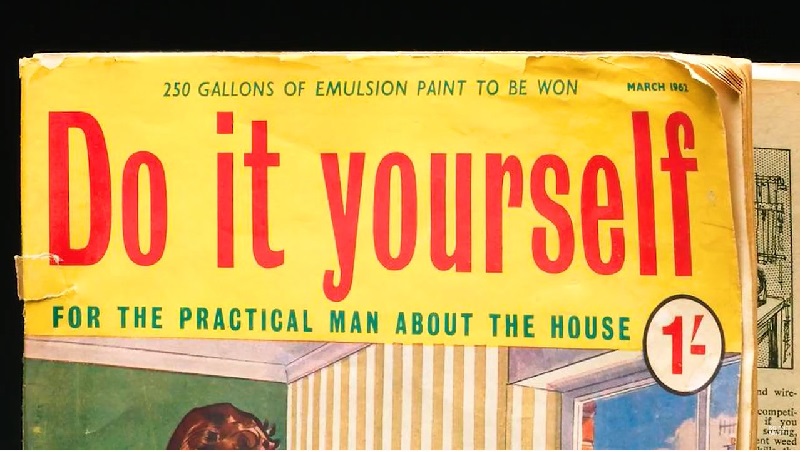DIY is an abbreviation of the phrase Do It Yourself. DIY was a term that emerged in the late 1950s and early 1960s.
The term originally referred to a type of woodworking but soon became associated with home improvement and gardening.
As a result, DIY means different things to different people. For some, it is about making things with your own hands and learning new skills in the process.
For others, it’s about being able to do what you want without relying on anyone else or being forced into something you don’t want to do; for some, it’s about being able to create something that would otherwise not exist at all.
The history of this word is quite interesting, and it is not always clear what it means because there are many definitions for it.
A Pre-History Of DIY
Taking care of practical work at home was a long-held interest long before the DIY movement of the 20th century. Modern DIY manuals owe their existence to Joseph Moxon’s book Mechanick Exercises.
This book discussed engravery, printing books, making maps, making mathematical instruments, and being a blacksmith. It was published between 1683 and 1685.
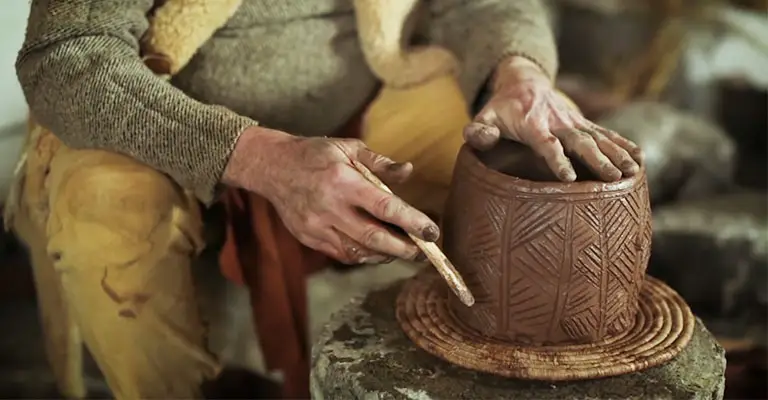
Before the car was invented, people who wanted to play with machines usually bought a lathe. Due to their high price, they were usually owned by the wealthy.
As well as the basic lathes, Holtzapffel of London produced a whole range of accessories for increasingly complex projects. However, our modern eyes might find the finished products a little too decorative.
DIY Magazines
During the first half of the twentieth century, DIY magazines were popular in North America. It was initially geared toward rural and semi-rural readers, as many lived on farms or in small towns.
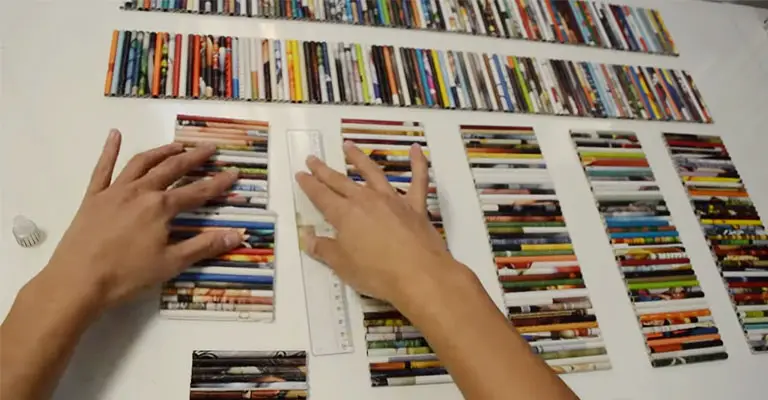
Readers of magazines like Popular Mechanics (founded in 1902) and Mechanix Illustrated (founded in 1928) could stay up-to-date on practical skills, techniques, tools, and materials through these publications.
In 19th-Century
The moral incentive to help yourself was strong in 19th-century society. The manual ‘Self Help; With Illustrations of Character and Conduct’ written by Samuel Smiles in 1859 became a bestseller.
Learning was described as one of life’s greatest pleasures, and it was a person’s responsibility to educate himself or herself rather than rely on others to do so.
With time, the workplace philosophy spread to the home, and ‘productive leisure’ began to take off. For many people, however, doing things for themselves was a necessity rather than a luxury.
A large number of extra children were born during the 19th century as a result of a population explosion. Making toys at home was cheaper than buying them, which led to a long-lasting trend.
The Victorian Age
Let’s take a trip back to Victorian times. Women were the original DIYers around the home during the Victorian Arts and Crafts movement.
As for home repair, those tasks were usually hired out or handled by servants, but women made a lot of decorative products.
As a matter of fact, civilized Victorians and true gentlemen would never engage in such menial labor. It is estimated that only 10% of men worked for someone other than their families before 1870.
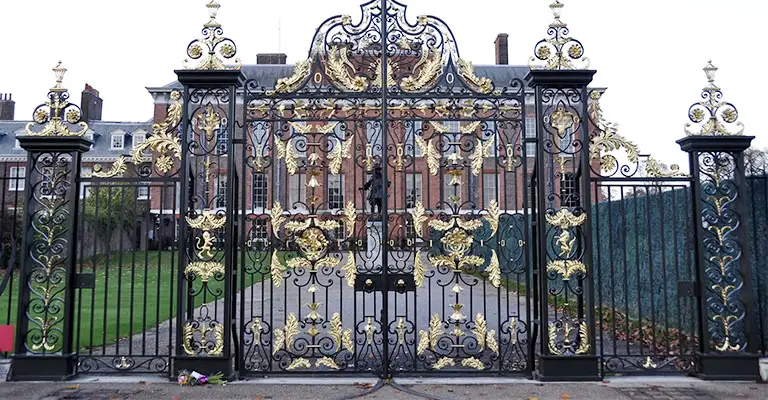
Does anyone want to complete their “job” for the day and then continue working?
In magazines like Popular Science (published in 1872) and Popular Mechanics (1902), however, plans for “labor saver” contraptions were being published that one could build to assist with household tasks.
On To The 1920s
Approximately two-thirds of American men worked outside the home at this time. This number only increased after the Great Depression. It was in 1931 that C.T. Schaefer wrote the first book on how to maintain a house.
Because of the 1938 Fair Labor Standards Act, men had more leisure time since 40 hours a week was the maximum. At this early age, the term “Do-it-Yourself” was first used, although it was not widely known.
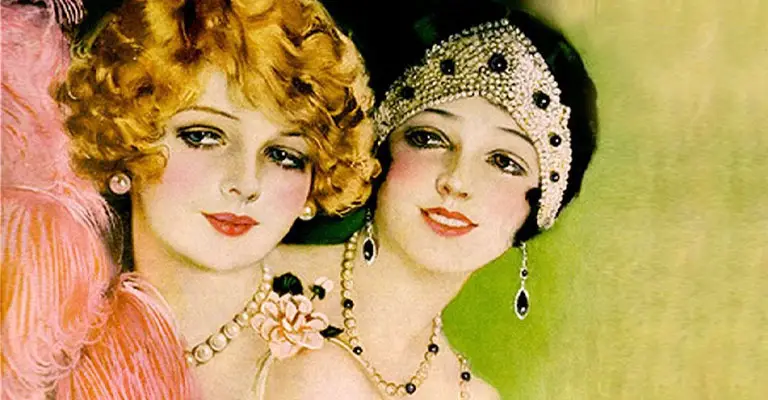
The how-to manual “Make it Yourself” by Julian Starr was published in the 1940s and grew so popular that Starr began writing a weekend column on the subject.
DuPont In 1941
It took a while for the do-it-yourself movement to gain traction. A DuPont showroom brochure, for example, showed a typical 1940s house and rooms.
In the brochure, DuPont used its new cellophane technology to produce overlays of how other DuPont paint colors might look on the house and rooms.
In addition, the DuPont materials discouraged homeowners from undertaking such a task, encouraging them to hire professional painters.
It is estimated that only one-third of Americans painted their own homes before 1950. By the 1950s, that figure had risen to 80%.
By The 1950s
As people began constructing homes, undertaking construction projects, and creating smaller crafts in the 1950s, DIY was becoming more popular.
In order to oppose mass production and mass culture, artists began claiming to be self-made. A homemade Cold War nuclear fallout shelter was one example of DIY practices responding to geopolitical tensions.
In The 1950s, The “Do-It-Yourself” Movement Rose To Prominence
It may seem strange to some people that we specialize in products for mid-century buildings rather than producing “complete” products for people.
During the 1950s, when our products were in their heyday, we firmly believed in the Do-it-Yourself movement.
There was a time when DIY hobbies were believed to offer psychological therapeutic benefits. Putting something you’ve built yourself into your home and using it is unforgettable.
In The 1960s And 1970s
The DIY movement and techniques for building and decorating homes began to appear in books and TV shows in the 1960s and 1970s.
By the 1990s
During the 1990s, when the internet was still in its infancy, the DIY movement began to feel the impact of the digital age. As computers and the internet become more widely used, more households are taking advantage of DIY methods due to increased accessibility to the internet.
Present Day
YouTube, Instagram, and other platforms enable people to showcase their creations and teach others how to replicate DIY techniques.
The Bottom Line
In addition to magazines and television, DIY-focused informational websites are now widely available through most mainstream media outlets.
Also growing is the number of independent DIY resources available online. Despite its reputation as a predominantly male activity, DIY was founded in the 1950s on broad foundations.
Women and men often worked together in advertisements from the period, though men tended toward jobs like sanding and woodworking, and women made curtains or soft furnishings.
The overall result was that husbands were brought back into the home from pubs and other ‘male’ pursuits, allowing them to spend more time with their families.
Aside from encouraging close bonds between fathers and children, DIY hobbies like railway modeling also brought together parents and children, which heavy workloads and wartime displacement had previously severed.

